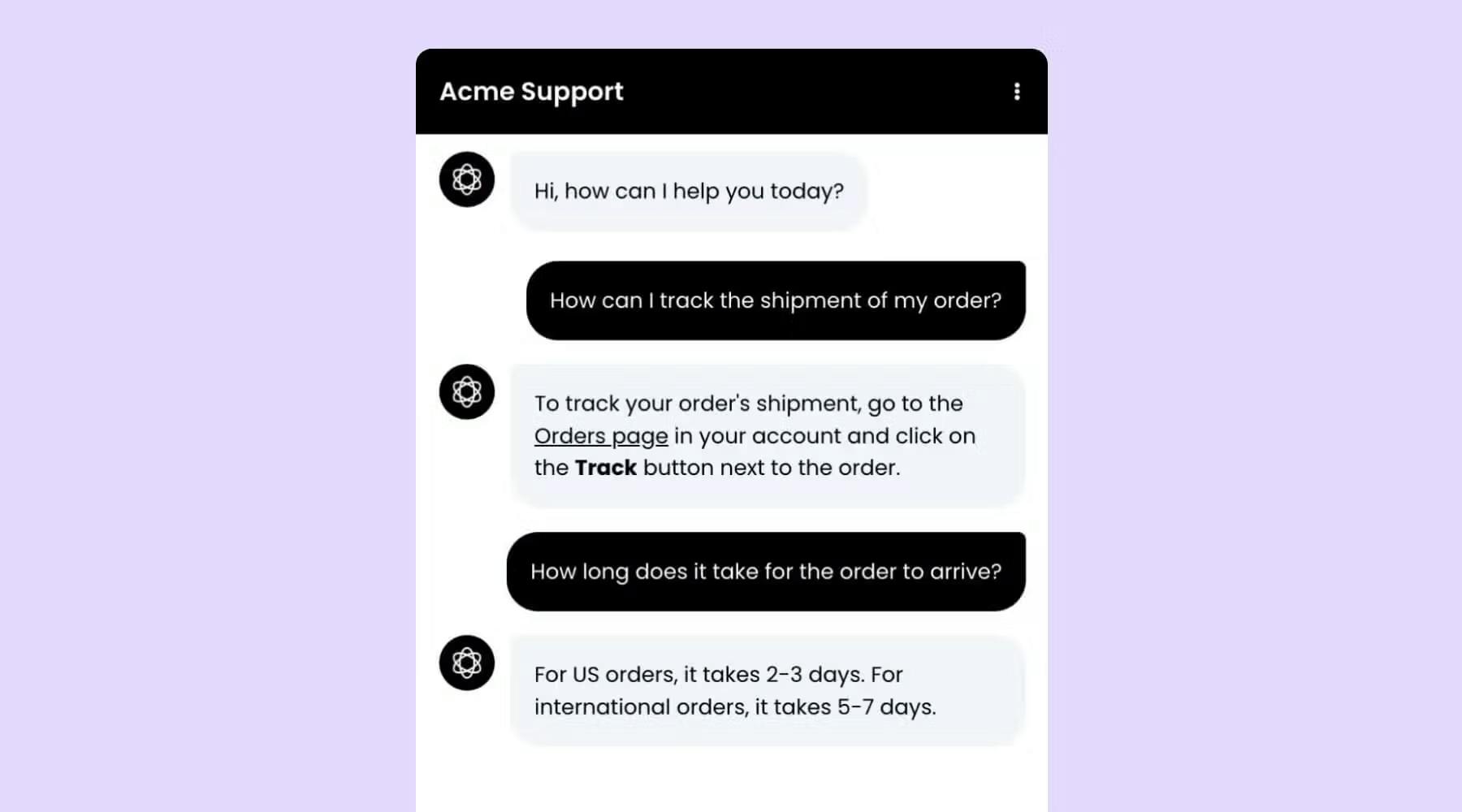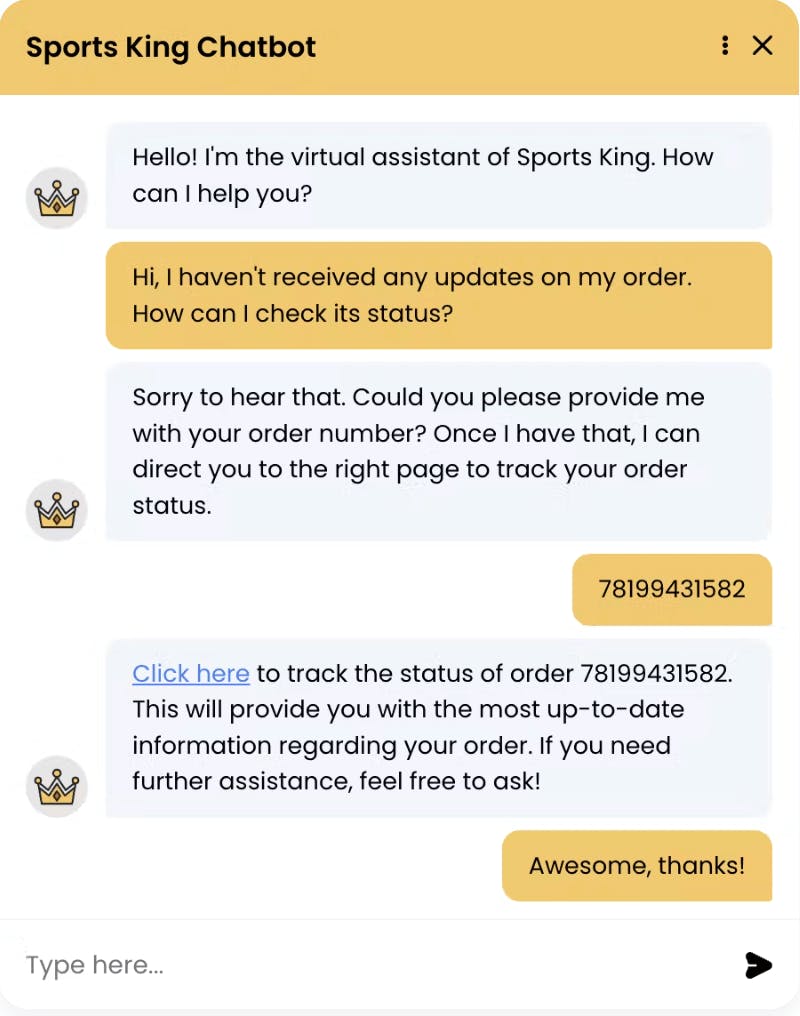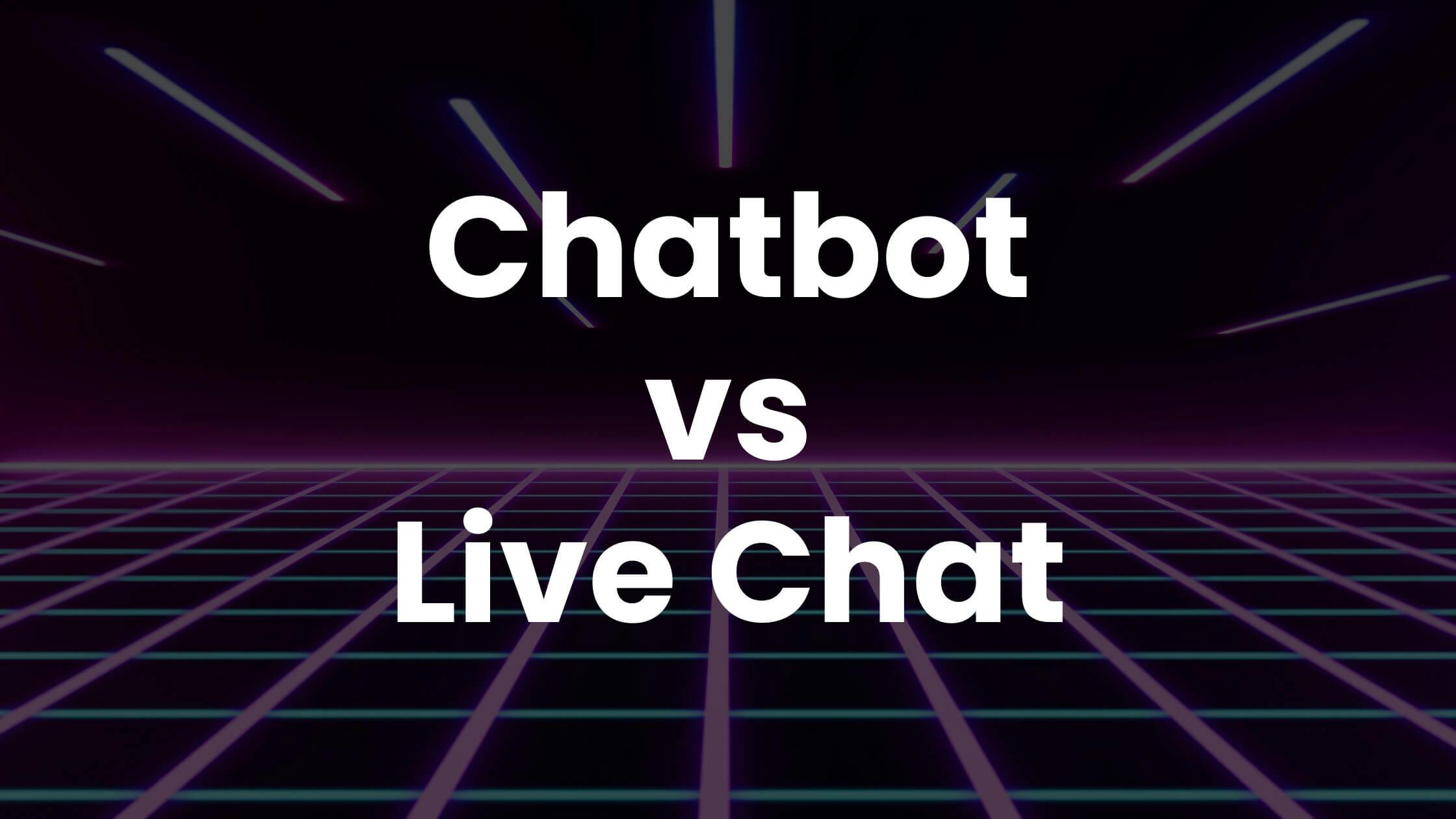Helpful Summary
- Overview: We compare chatbots and live chat technology, outlining their key differences, definitions, use cases, pros, and cons. We also recommend Chatling as a top chatbot solution for transforming customer support operations.
- Why you can trust us: Chatling is a leading AI chatbot solution, used by businesses of all sizes, from growing startups to enterprises. If they can trust us, you can too!
- Why this is important: Chatbots and live chat tools speed up support ticket resolution and reduce pressure on customer service agents, ultimately boosting customer satisfaction.
- Action points: Consider your customer support and engagement needs to select between chatbots’ self-service capabilities and live chats’ instant messaging benefits. You can also choose to combine them both for optimal results.
- Further research: Visit the Chatling blog to learn more about chatbots and how you can leverage them for business success.
Chatbot vs Live Chat: An Overview
Chatbot and live chat technology are fundamentally different—but there’s a lot of overlap in their usage and benefits. They both reduce the workload of support agents and meet similar business requirements, like:
- Providing quick answers to common customer questions.
- Driving customer engagement through naturally flowing conversations.
- Escalating complex tickets to human or senior support agents.
In this Chatling article, we’ll define and compare chatbots and live chat, providing clarity and helping you determine the best customer service approach to take.
Why Listen To Us?
Chatling is the AI chatbot builder of choice for all types of businesses, boasting powerful features that help turn visitors into customers.
CEO of Fast Transcript, Scott Meadows emphasizes the impact Chatling has had on his team’s customer service activities.

This review, among others, shows that we know the fundamentals of customer support. And when it comes to comparing different technologies for streamlining customer service, we’re well-suited to give reliable recommendations.
We’ve also based this comparison post on detailed research and an assessment of multiple resources on chatbots and live chat.
Key Differences Between Chatbots and Live Chat
Before exploring each technology’s capabilities, let’s consider the key differences between chatbots and live chat:
1. Use Case
One of the most obvious differences between chatbots and live chat is their purpose or ideal use case.
- Chatbots provide automated and instant responses to frequently asked questions (FAQs). They typically use AI or APIs to pull company information from predefined sources, like knowledge bases and help centers, before delivering them to customers via chosen channels like websites and social media platforms.
- Live chat enables real-time conversations between brand representatives and their potential and existing customers. This instant messaging trumps traditional engagement and support channels, like emails and help desks, where customers typically experience hours, days, and even weeks of delay before getting their issues resolved.
2. Setup and Deployment
Another main difference between chatbots and live chat is the steps it takes to implement them.
- Implementing a chatbot typically requires you to first determine its purpose—whether that’s for customer support, shopping assistance, or feedback collection.
Next, you have to decide where you want to host it (on your website, in-app, across social channels, etc.) and choose your preferred chatbot platform. Lastly, design the chatbot’s conversation flow and test it out before going live.
- Adopting live chat technology begins with selecting the right solution provider, customizing the look of your chat widget, and integrating it into your website or app. When setting up, you’ll need to define your operating hours so customers know when to expect responses and draft canned responses to speed up response times.
You can also integrate your live chat platform with email and social messaging, allowing support agents to handle tickets from one unified dashboard. Many live chat software also enable chatbot integrations to incorporate self-service for customers.
3. Scalability
As your business grows, you’ll need to scale up your ability to communicate with customers on-the-go. Both chatbots and live chat have unique pros and cons regarding this.
- Chatbots are highly scalable as they are essentially flexible computer programs designed to handle multiple simultaneous conversations across platforms. But while chatbots are not constrained by lack of manpower, different providers’ pricing models and users’ budget constraints might limit their ability to scale up as needed.
- Live chat is not as scalable as chatbots because it requires hands-on human involvement and is fully dependent on the availability of company reps. Though human-to-human conversations are more personal and natural, it's stressful and near impossible to scale up live chat support without the budget to hire more hands.
4. Features
Just as their key purposes vary, chatbots and live chat technology also offer distinct capabilities.
- Chatbot platforms usually offer essential functionalities for round-the-clock customer service, from omnichannel support, to bot customization, analytics dashboards, conversational AI, and more.
- Live chat tools provide real-time conversational features like response templates, file sharing, online status, typing indicators, chat history, and more.
5. Performance Metrics
In assessing how well (or poorly) your customer support activities are going, it is important to track specific metrics. These KPIs look different across various customer service platforms, including chatbots and live chat tools.
- Chatbot performance metrics include goal completion rate, retention rate, bounce rate, interaction rate, fallback rate, conversation duration, human takeover rate, customer satisfaction, leads captured, and more.
Live chat performance metrics include number of chats, CSAT score, conversion rate, first contact resolution, chat duration, missed chats, agent utilization, response time, and more.
| Chatbot | Live chat |
Use case | Automated responses to FAQs | Instant responses from human agents |
Setup and deployment |
|
|
Scalability | ✅ Highly scalable | ❌ Too dependent on human input |
Features |
|
|
Key performance metrics |
|
|
What is a Chatbot?
A chatbot is software that simulates human conversation through text or voice interactions. It can be implemented in messaging platforms, websites, or mobile apps to provide instant responses and improve user engagement.
Chatbots typically leverage large language models, machine learning technology, and sometimes AI, to understand and respond to user inputs.
Depending on your specific needs, chatbots can serve various business purposes, from customer service to sales enablement, marketing, and personal assistance.

Say you run an ecommerce store. You can build and publish a website chatbot to provide shopping assistance and instant support to your customers.
Pros
- 24/7 Instant Support: Chatbots ensure customer queries and technical issues are handled promptly by providing immediate assistance and troubleshooting guides at any time of the day.
- FAQs: A chatbot offers quick, accurate, and on-brand answers to common questions, reducing the workload of human agents.
- Seamless Order Tracking: With a chatbot, ecommerce brands can empower customers to track their ordered items in real-time, keeping them updated and calm all through the delivery process.
- Automated Booking and Reservations: For hospitality businesses, chatbots can help automate service or reservation bookings, letting customers schedule appointments conveniently.
- Lead Generation: A website chatbot lets you turn visitors into leads by initiating conversations with them, collecting their contact information, and populating your CRM with their data for subsequent nurturing.
Cons
- Too Robotic: Users may find chatbot responses too automated, especially if it answers most messages with FAQs and support articles instead of leveraging AI to give human-sounding answers.
- Can’t Handle Complex Inquiries: Many chatbots get confused when queries deviate from the predefined Q and As used to train them. In such cases, customers still have to wait to be routed to human agents and get an instant response only if the rep is available at the time.
- May Frustrate Customers: If customers have questions that the chatbot isn’t equipped to answer, they will get frustrated by its irrelevant responses and may be forced to seek alternative solutions.
What is Live Chat?
Live chat is a real-time conversational tool that lets users instantly communicate with customer service agents or company representatives through a mobile app or website. It involves a text-based chat window where users can send messages and get responses quickly, as long as someone is online at the other end.
Live chats enhance user experiences and can improve customer satisfaction and engagement. Brands typically use live chat technology to provide human customer support, answer questions, assist with purchases, and resolve technical issues.

For instance, support agents at SaaS companies can use live chat conversations to share pricing information with curious customers, saving them the stress and time of searching the website for it themselves.
Pros
- Real-Time Assistance: As long as a company rep is available to talk to, live chats ensure that customers get immediate responses and quick issue resolution.
- Personalized Service: Unlike automated responses, live chat gives customers access to human agents who can understand their unique needs and preferences and provide personalized responses accordingly.
- Enables Multitasking: Customers can keep browsing or working on other tasks while live chatting with support agents, making it a convenient and stress-free option for seeking help.
- Improved Conversions: Live chat can help turn prospects into customers by providing empathetic assistance and answering questions that might have been barriers to purchasing decisions.
- Detailed Insights: Live chat interactions give instant and granular insight into customer sentiment, preferences, and common issues, helping you improve your brand experience and offerings as needed.
Cons
- Limited Availability: Live chat support is often limited to certain hours of the day so customers may be unable to access real-time assistance outside of these times.
- Potential Wait Times: During peak hours or on extremely busy days, customers might experience extensive wait times, leading to dissatisfaction and frustration.
- Cost Intensive: Maintaining an effective live chat service requires a dedicated team of support agents, which can be expensive—especially for small or cash-strapped businesses.
Best Chatbot Software: Chatling
Chatling is a leading no-code chatbot builder powered by GPT, Claude, and various other Large Language Models (LLMs). You can add our AI-driven chatbots to any website to automate customer support and other functions like lead generation and sales.

Our app’s drag-and-drop builder requires no programming expertise, allowing you to design sophisticated chatbots in no time.
You can also train your chatbot with company-specific resources like your official website, FAQs, and knowledge base content, ensuring that it delivers accurate and highly relevant responses. Even more—From the chat interface to conversational flow, Chatling lets you fully customize every aspect of your chatbot to match your brand’s style and tone.

We offer a free plan and two paid subscription tiers to meet you at the stage you are and scale up with your growing needs.
Key Features
- Intuitive visual builder with drag and drop elements to create conversational flows.
- Personalized AI chatbot training using your documents, website, and other data sources.
- Full customization so the look and feel of your chatbots matches your company branding.
- Analytics dashboard for analyzing chatbot performance and uncovering areas for improvement.
- Seamless integrations with CRM systems and other critical business tools via Zapier.
- Supports 85+ languages so you can serve customers all around the world.
Choose Chatling for Reliable AI Chatbot Solutions
Chatbots and live chat offer critical functionalities and benefits for customer support. On the one hand, chatbots stand out for their ability to help customers self-serve. And on the other hand, live chat shines for its instant messaging and human interactions.
Looking for a reliable and easy-to-implement chatbot solution which leverages AI to deliver natural, personalized support? Chatling is your best bet. Our app also lets you combine the power of chatbots and live chat via Zapier integrations to popular apps like Hubspot and Zoho CRM.
Start using Chatling for customer support today and see how well it fits into your team operations!
